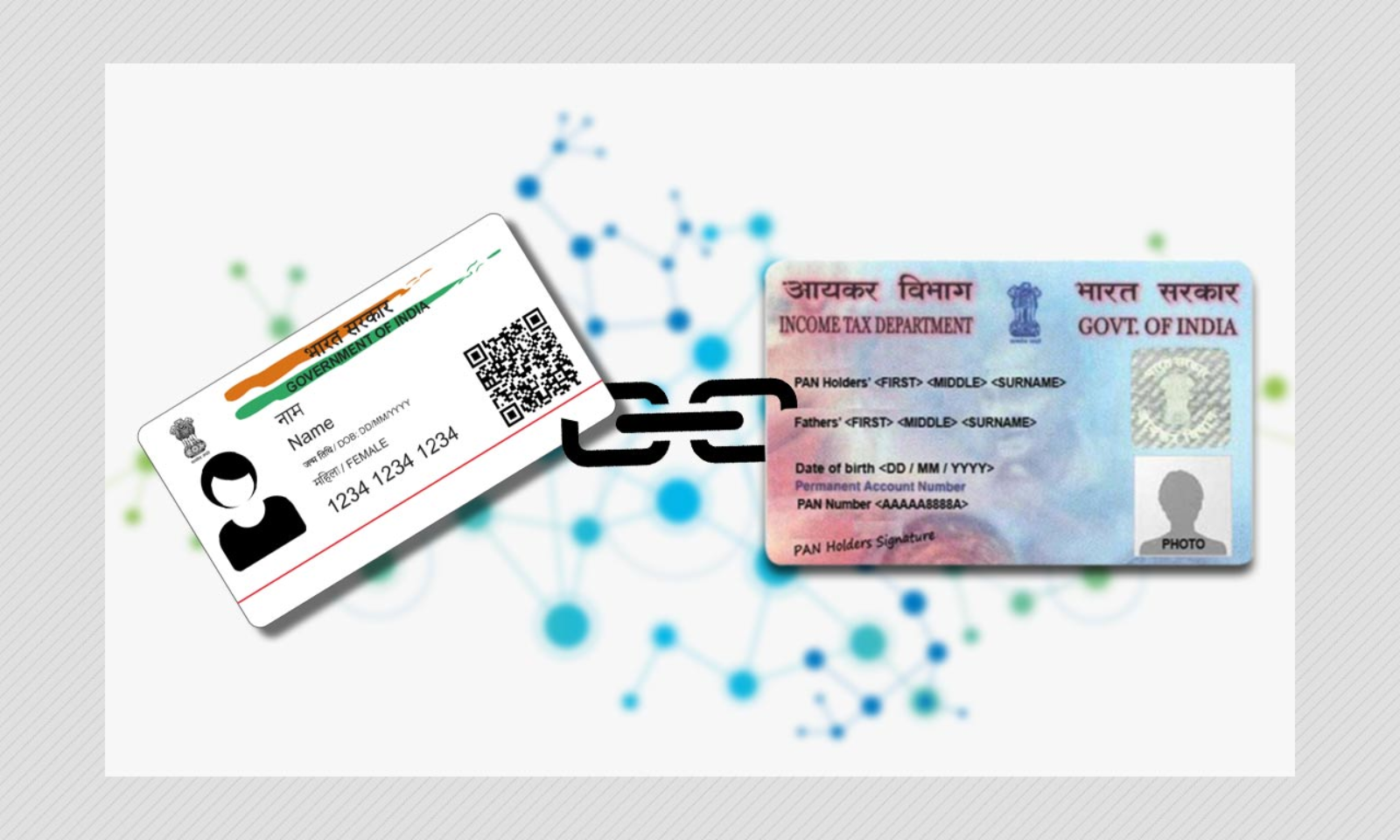With the goal of ensuring a financially stable future for every individual, the Government of India unveiled the Atal Pension Yojana (APY). Debuted in June 2015, the APY stands as an innovative pension initiative designed to furnish a viable source of income for those employed within the informal sector. This program upholds the legacy of the late Prime Minister Atal Bihari Vajpayee, showcasing his unwavering dedication to the well-being of every citizen.

Empowering the Unorganized Sector
The informal segment of India’s workforce, including laborers, farmers, and small traders, frequently encounters difficulties concerning financial security in their retirement phase. The Atal Pension Yojana (APY) was formulated to tackle this issue and guarantee that each Indian, regardless of their economic circumstances, can lead a life of respect during their retirement period.
Eligibility and Enrollment
APY is open to all Indian citizens between the ages of 18 and 40. This window allows individuals ample time to start contributing to the scheme early on, ensuring that their pension corpus grows steadily. Enrolling in APY is straightforward and can be done through banks or post offices. The applicant is required to have a savings bank account linked to their Aadhaar card, making the process seamless and accessible.

Customized Pension Plans
One of the standout features of APY is its flexibility in offering pension plans tailored to individual preferences. Subscribers can choose from a range of pension amounts they wish to receive monthly after retirement, based on their contribution capacity. The pension options include Rs. 1,000, Rs. 2,000, Rs. 3,000, Rs. 4,000, and Rs. 5,000 per month. This adaptability ensures that subscribers can align their pension goals with their financial capabilities.
Contribution and Government Co-Contribution
APY functions on a system of monthly contributions. The amount of contribution is determined by the chosen pension amount, the age at which the subscriber enters the scheme, and the years of contribution till retirement. Additionally, the government provides a co-contribution of 50% of the subscriber’s contribution or Rs. 1,000 per year (whichever is lower) for the first five years to eligible subscribers who joined the scheme before March 31, 2016.
Ensuring Nominee Benefits
To ensure the financial security of the nominee in case of the subscriber’s demise, APY offers a well-structured system. In the event of the subscriber’s unfortunate demise, the spouse or nominee is entitled to receive the accumulated pension wealth. Alternatively, the spouse can also continue the APY account in their name and receive the pension amount.

Tax Benefits
APY qualifies for tax benefits under the Income Tax Act, 1961. Contributions made towards the scheme are eligible for tax deductions under Section 80CCD (1) of the Income Tax Act, up to a limit of Rs. 50,000. This makes APY an attractive option not only for securing the future but also for optimizing tax liabilities.
Conclusion
Atal Pension Yojana stands as a testament to the Indian government’s commitment to fostering financial inclusivity and securing the future of its citizens. By catering to the needs of the unorganized sector, APY empowers millions to retire with dignity and financial stability. Its flexible contribution plans, government co-contribution, tax benefits, and nominee provisions make it a comprehensive scheme that not only addresses retirement concerns but also encourages responsible financial planning. APY is more than just a pension scheme; it is a promise of a secure and dignified tomorrow for every Indian worker.
Read More:- Unraveling Article 35A: A Contemplation of Identity and Autonomy
Read More:- #Empowering Change: The Indomitable Role Of NGOs In The Fight Against Cancer











